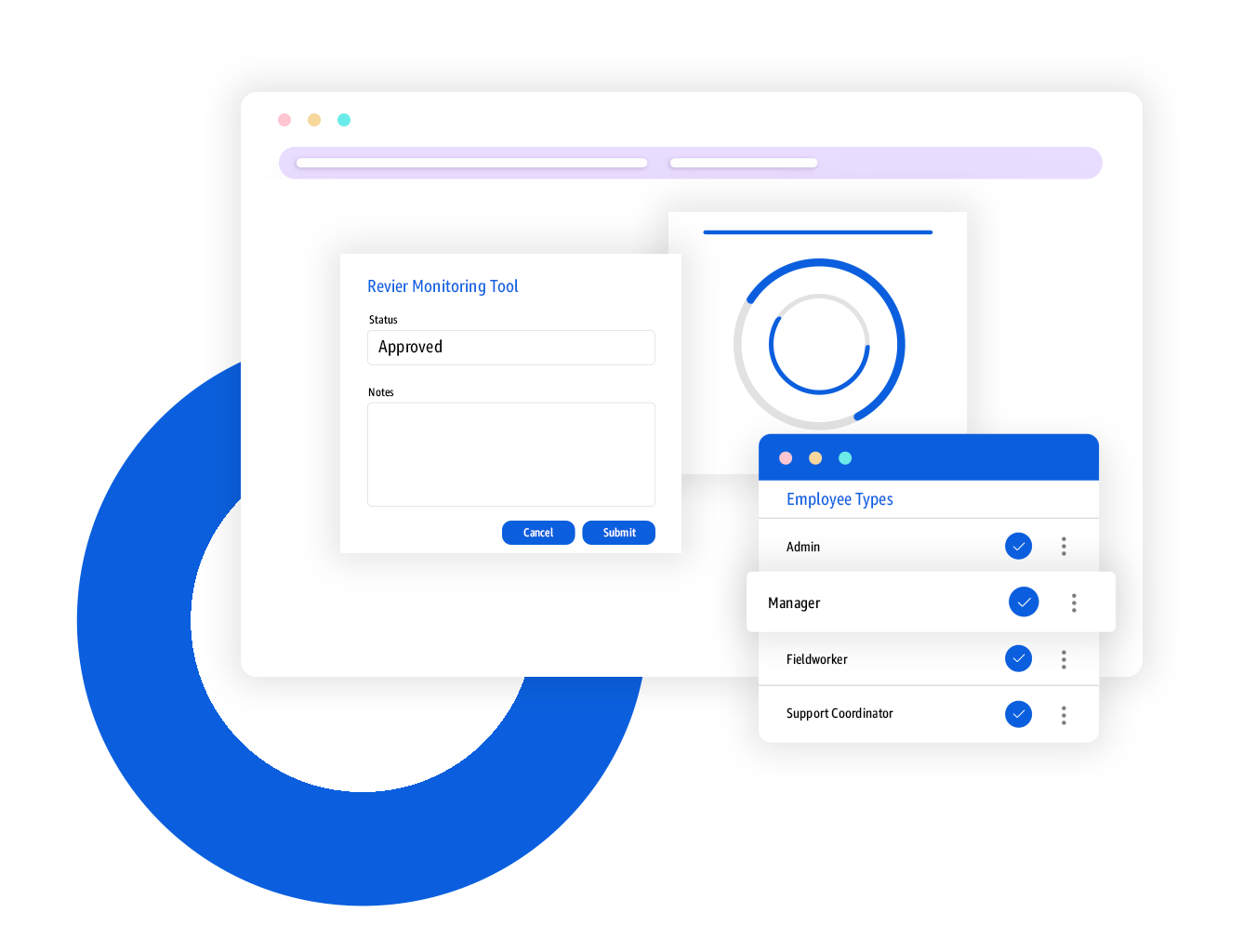The invasion of Ukraine has been devastating to watch, and as the conflict stretches over weeks, we’ve been seeing millions of people displaced from their homes. At the time of writing, around 3.6 million have fled the country, with a further 6.5 million displaced within the country itself.
Leaving home is always a massive challenge, and for those living with disability, it’s even more difficult. We want to raise awareness of the challenges faced by the disabled population of Ukraine in particular as we pass the month anniversary of the beginning of the invasion.
How many individuals with disabilities are affected?
According to the European Disability Forum, a Europe-based NGO, there are approximately 2.7 million people living with disabilities in Ukraine. Inclusion Europe further estimates that around 261,000 of these individuals live with an intellectual disability, making them extremely vulnerable to the effects of the conflict and mass displacement.
According to CNN, over 100,000 of this proportion of the population live within specialist care facilities, many of whom are children. Sadly for many of these individuals, it’s extremely difficult to escape the conflict.
It’s nearly impossible for many with disabilities to flee.
Leaving isn’t simple for anyone. Many individuals have had to abandon their homes at very short notice, and face long journeys, with infrastructure in poor condition in parts of the country and mass traffic making it hard to reach the border in the first place.
At the beginning of the conflict, we saw scenes of mass crowds at train stations, carrying family pets and suitcases and piling onto trains out of the major cities.
This article looks at the cases of several individuals with disabilities and the unique challenges they face when it comes to fleeing, but among these, consider the fact that many of these individuals need access to specialized facilities and care workers to deliver treatment. It may be impossible to travel with equipment, and for others, it’s not an option to pause treatment. For others who do make it out of the country, there may be no guarantee that they’ll be able to access the right facilities across the border, putting them in danger.
In addition to that, many roads and transport checkpoints carry the risk of attacks at any moment – with many humanitarian corridors set up to allow for safe evacuation of citizens having been subject to shelling, making the journey impossible to consider for many living with a disability.
Refugee and wheelchair user Tanya Herasymova gave an insight into these challenges in an interview, in which she explained, “We don’t have enough accessible transport in Ukraine, and trains are not, so people had to help me on my way.” With evacuation currently prioritizing women, children and the eldery, she has called for more to be done to assist those with disabilities.
For those who have no choice to remain, there are risks beyond the attacks. With evacuations, there may be less individuals available to support those who need it, and supplies of vital medication are finite.
One group set up on Facebook to support families in and around Kyiv living with disabilities – З теплом у серці – estimated that in the first two weeks of the conflict, only 20 to 50 of the 1,247 families in the network had managed to flee the capital.
What about the United Nations Convention on the Rights of Persons with Disabilities?
The UN Convention on the Rights of Persons with Disabilities (UNCRPD) was ratified in 2010, and applies to countries globally, including in case of armed conflict, national emergency and foreign occupation.
This convention is intended to guarantee the basic human rights of all those living with disabilities, including the right to protection within society. That’s why there have been calls for the UN to invoke this convention in Ukraine and begin prioritizing the safe evacuation of those with disabilities.
What can we do?
The organization Inclusion Europe has been providing regular updates on the situation in Ukraine for those with disabilities specifically, providing the latest news and ways we can actively support. You can view their resources here, and we want to highlight their recommendations for actions we can take in the meantime:
First and foremost, call on Russia to stop the wall. Be vocal, join protests, and write to your government at all levels to implore them to do all they can do to prevent further harm and suffering and protect the Ukrainian people, including those with disabilities.
You can also support organizations directly that seek to protect those with disabilities, for example, the VGO coalition which supports over 14,000 families in Ukraine. They need assistance with daily supplies, including medicines, shelters, and hygiene products as they try to provide aid to the tens of thousands remaining in care homes and institutions across Ukraine.
Additionally, there are organizations such as the National Assembly of People with Disabilities of Ukraine (under the European Disability Forum), who post appeals for support.
Please donate if you can.
At Fieldworker, we have donated to the fundraiser Ukrainians with disabilities in an attempt to offer as much support as we can. No amount or deed is too little in a time like this – please do contribute if you are able to and share via your networks.
Let’s rally and provide support directly on the ground in Ukraine. 🇺🇦

